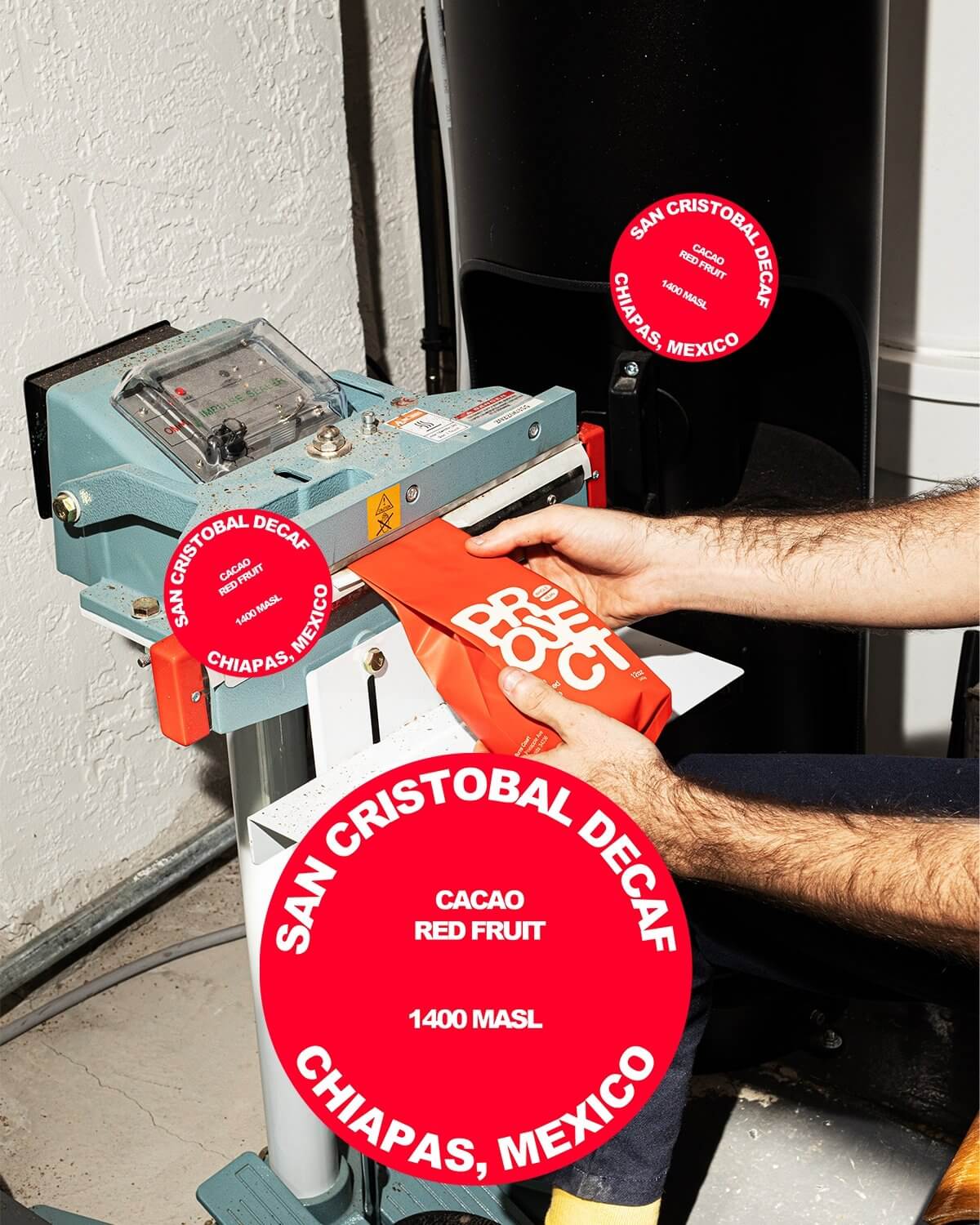
Not all Decaf Coffee is created equal!
by Ian Steger
·
You don’t tolerate caffeine very well. Or want to have an espresso after dinner without being up all night. You are not alone: Some 83% of US adults want to cut down their daily caffeine consumption. So, for many decaf is the answer – and it should be! But, not all decaf beans are created equal! That's because there are several methods for removing caffeine from coffee beans. Below we'll discuss these main methods and some of the pros and cons each method has to offer. By learning what goes into making your decaf cup at Project, you can be sure that you're getting the best possible product available!
The most common decaffeination methods are solvent-based and water-based.
Solvent-based methods use chemicals or natural solvents to remove the caffeine from the beans, while water-based processes use steam or hot water to do so. There is also a carbon-dioxide based method, but it is still very rare here in the US.
Solvent-based methods are cheaper and easier to use, but the chemical version can also be more damaging to your health than the water-based process. Both of these methods are most common in the United States and Canada, while the carbon-dioxide method is more popular in Europe and Asia.
Solvent-Based Methods
Methylene Chloride-based method uses a chemical to remove caffeine from beans. Solvents are chemicals that dissolve other substances, so they can be used in decaffeination processes. Methylene chloride is a colorless, volatile organochloride compound with a moderately sweet aroma. The solvent is sprayed on coffee beans and then heated to remove all traces of caffeine. This method is cheaper than water-based methods, but it's also been linked to kidney and liver damage in lab animals.
There is another solvent that is gaining traction in the decaffeination world: Ethyl Acetate (EA) is a natural solvent that is extracted from citrus fruits. It's also a byproduct of the production of ethyl alcohol. EA can be used in decaffeination and is definitely a healthier way and also has less impact on the environment than methylene chloride.
Water Process
The Swiss Water Process is the most well-known method of decaffeination in the area of water processing, and the water process is also considered the healthiest and most environmentally friendly.
In this process, coffee beans are soaked in water for 18 hours to remove caffeine. The resulting brew is then filtered through charcoal and minerals before being heated at a low temperature for 24 hours to evaporate any remaining moisture from the beans. This leaves you with pure caffeine-free coffee!
The Water Process method is favored by many within the specialty coffee industry, as it is both organic and kosher. Furthermore, as it avoids using chemicals, the coffee’s inherent flavors remain intact.
At Project our coffee is decaffeinated in Mexico through the Mountain Water Process (MWP), a unique method of indirect decaffeination. The pure water from Pico de Orizaba, the highest mountain in Mexico, is chemically tested to find the optimal conditions for MWP. Our exclusive Single Origin Decaf is bringing a balanced and smooth cup to our decaf customers, featuring large beans and a pleasant medium sweet acidity.
Conclusion
Decafs are not all created equal! The best way to get decaffeinated coffee is through the Water Process method. This method uses 100% pure water to remove caffeine from green beans, leaving only trace amounts of natural oils that give it its flavor and aroma. This means you get all of the health benefits without any of the negative side effects from other methods.